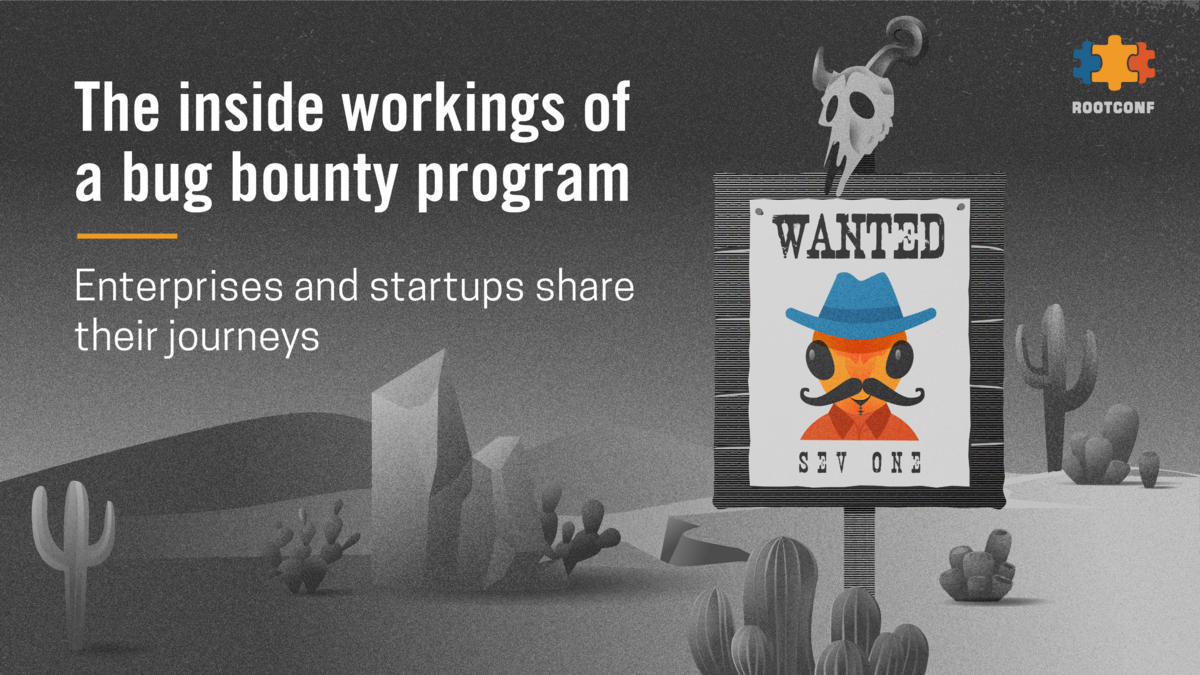
Jan 2023
30 Mon
31 Tue 04:00 PM – 05:20 PM IST
1 Wed
2 Thu
3 Fri
4 Sat
5 Sun

Jan 2023
30 Mon
31 Tue 04:00 PM – 05:20 PM IST
1 Wed
2 Thu
3 Fri
4 Sat
5 Sun
Shrutirupa Banerjiee
@shrutirupa Author
Submitted Nov 16, 2022
With emerging technologies and advancements in security, threat actors are becoming more and more refined in their approach to attacking systems and infrastructure. It is now the new normal to read news about large enterprises becoming the target of ransomware attempts and data breaches with the haul from the latter being trafficked on websites hosted on the TOR network. It is necessary to acknowledge an axiom of information security which is that we can never expect an application or service to be fully secure or invulnerable to attacks. Risks exist without regard to the degree of processes and operational protocols that may be put in place by a business or an organization. And this is the reason why organizations of all sizes should attempt to be sufficiently well-prepared for the likelihood of any possible threat. As the saying goes, precaution is better than cure. It is a good practice to continuously monitor and evaluate the applications and the environment, not just internally but also externally.
An organization’s security can be designed around two approaches
A bug bounty programme is a pact offered by different organizations to individuals willing to find vulnerabilities in their applications and get rewarded (i.e., the bounty) for the same.
Since every individual has their own strategy for finding security issues, a vulnerability that may have been missed by an internal security team can be found by an external one. This helps an organization to be proactive and see value in creating programmes which attract a broader range of audiences for diverse expertise to cope with any threats that may arise in the future. Once a vulnerability is reported externally, the internal team will operate and get an understanding/framework of how this was generated. This will help the team to inspect a similar approach toward finding issues in the rest of the products or applications, thus enhancing the products’ security and further improving the organization’s Software Development Life Cycle (SDLC) policies. This approach around “shifting left” will help in the design and development of secure software in the future. This also makes the security team more prepared for such threats, and various remediation techniques that should be taken care of, further expanding the organization’s security aspects.
Lack of awareness and knowledge of industry standards in security practices and assessments may make your organization susceptible to various cyber threats. Of course, it is nearly impossible to avoid any security risk. However, having a bug bounty programme in your organization reduces the chances of possible threats. Thus, while holding a bug bounty program is not imperative, it nevertheless good for an internal security team to always be in place.
Jan 2023
30 Mon
31 Tue 04:00 PM – 05:20 PM IST
1 Wed
2 Thu
3 Fri
4 Sat
5 Sun
Hosted by
{{ gettext('Login to leave a comment') }}
{{ gettext('Post a comment…') }}{{ errorMsg }}
{{ gettext('No comments posted yet') }}